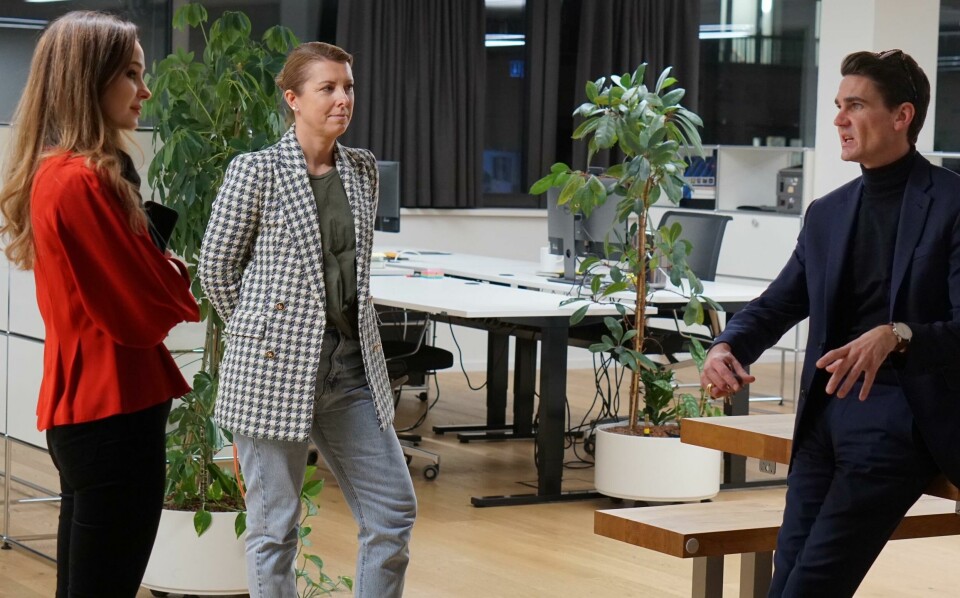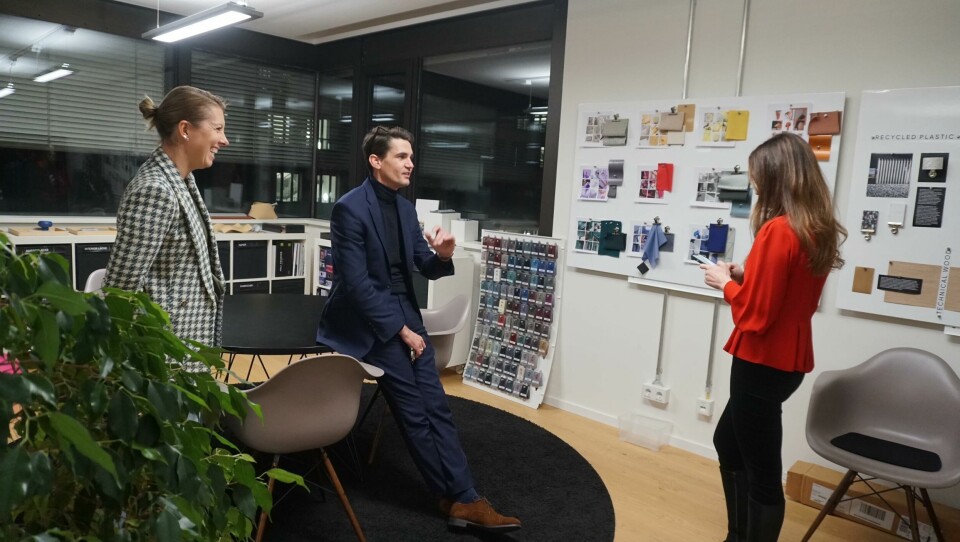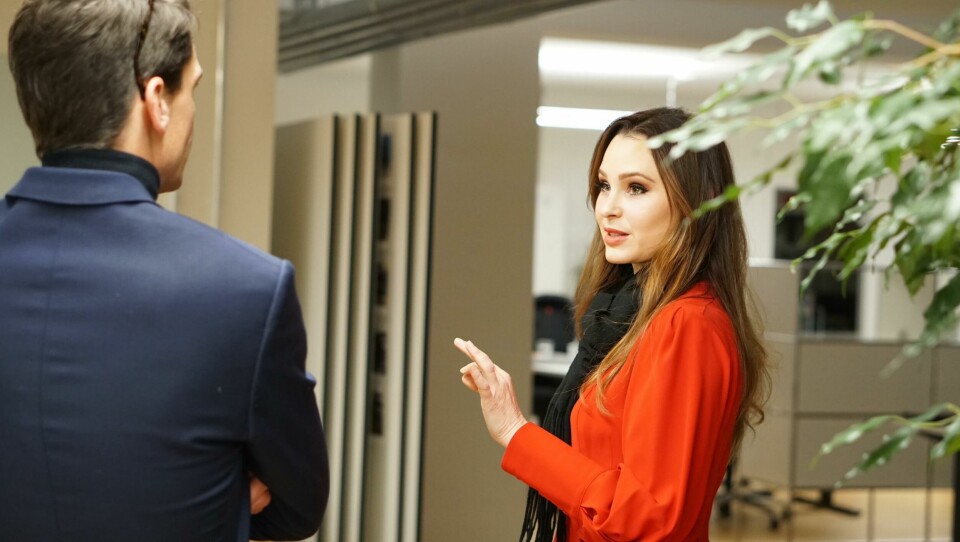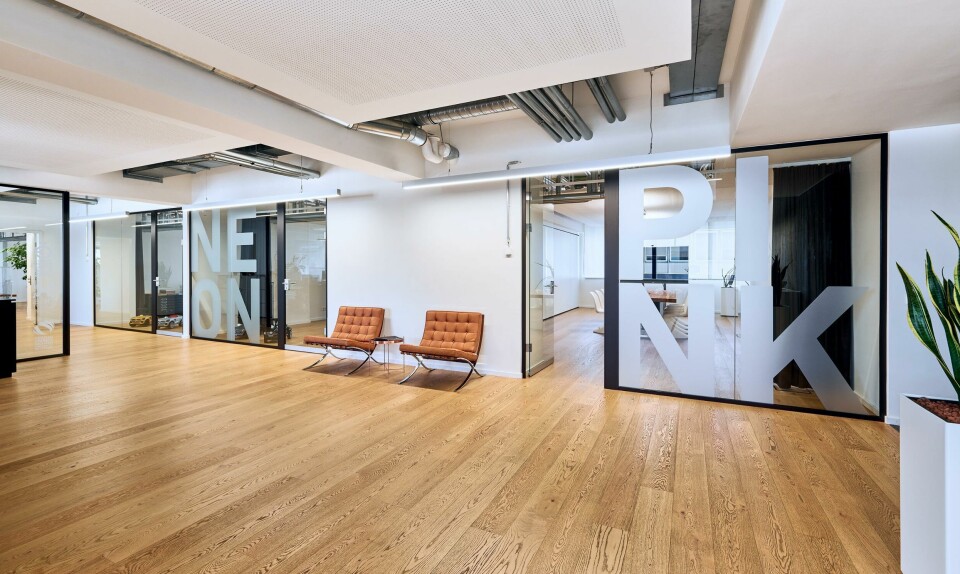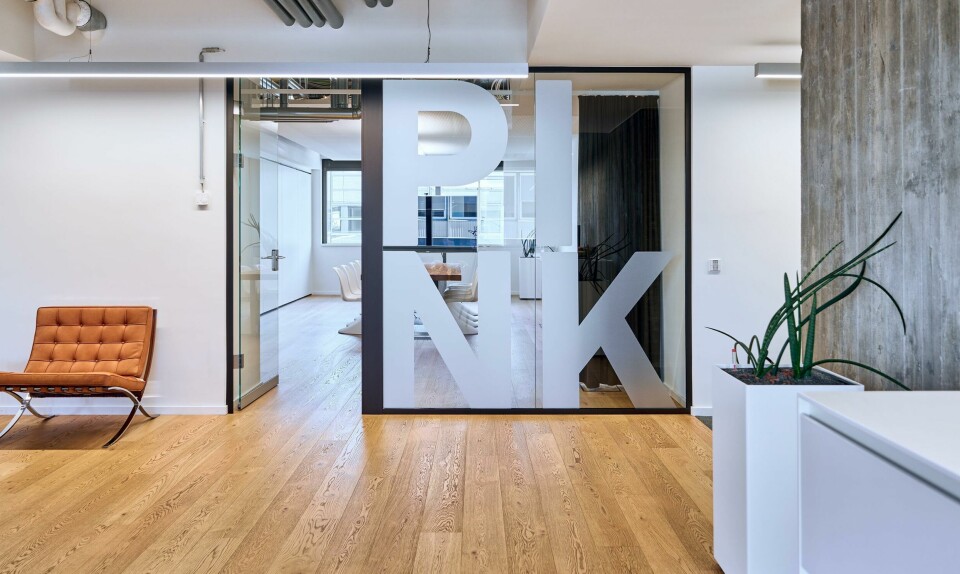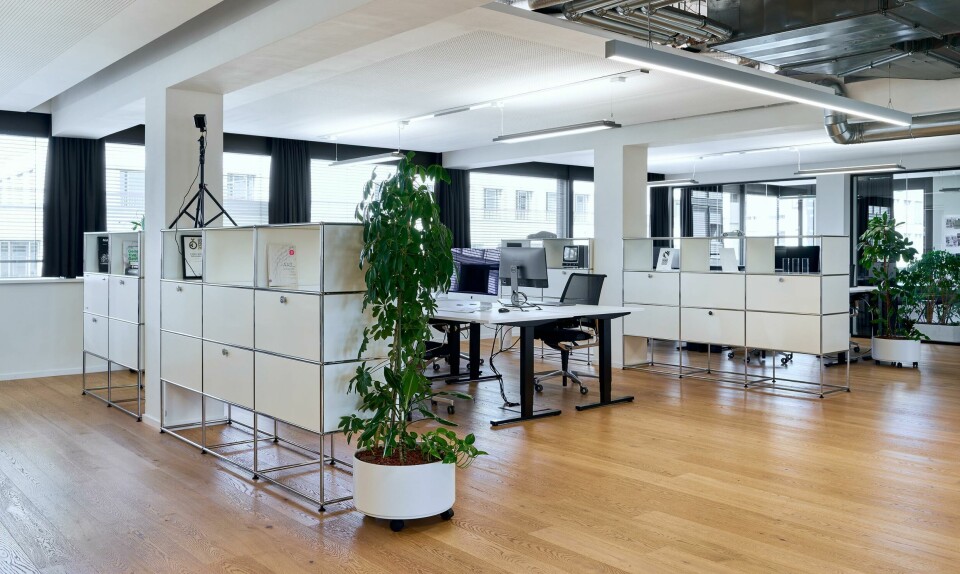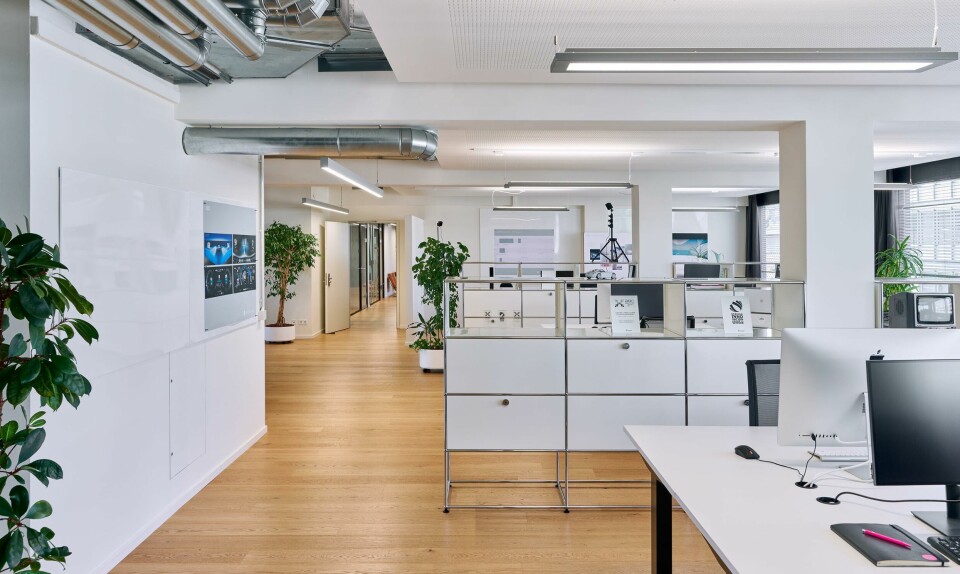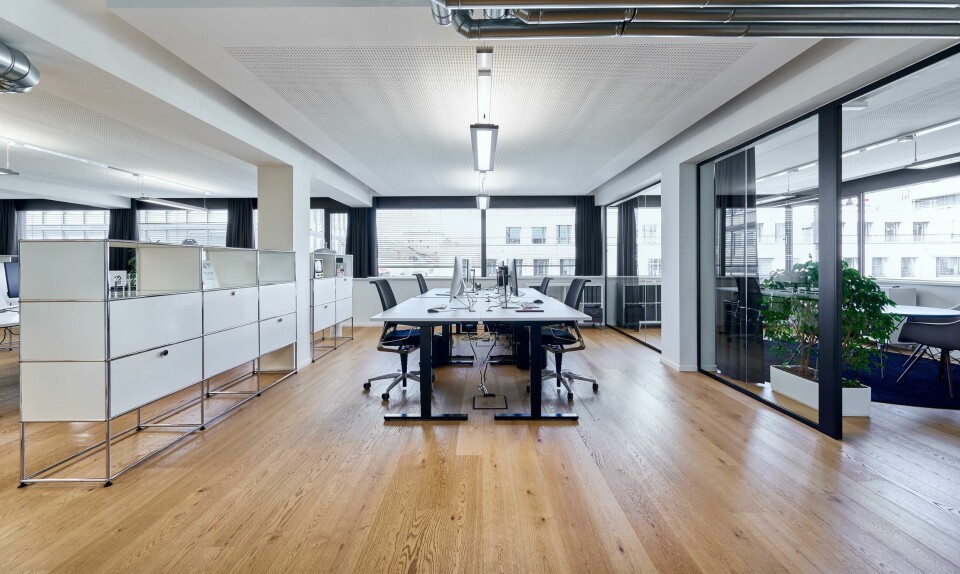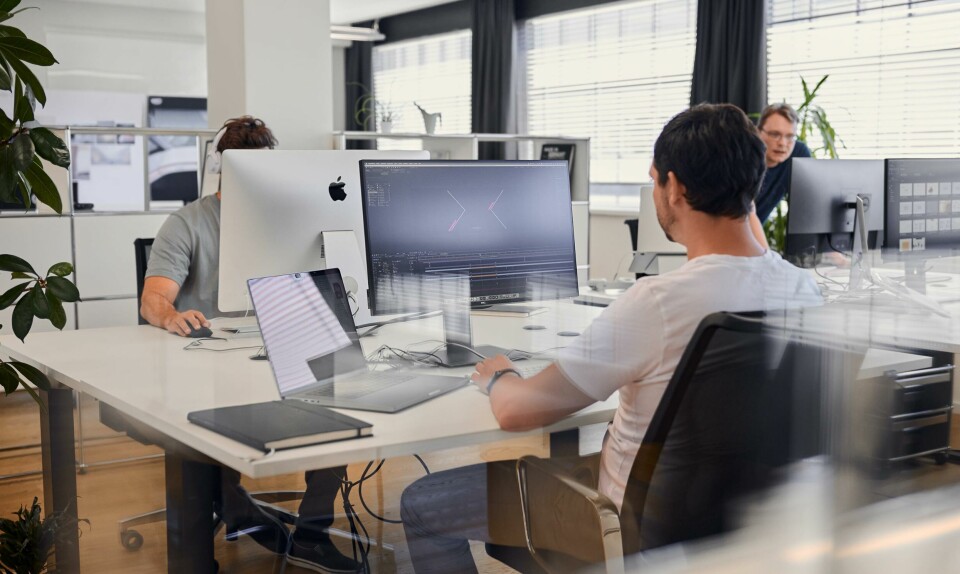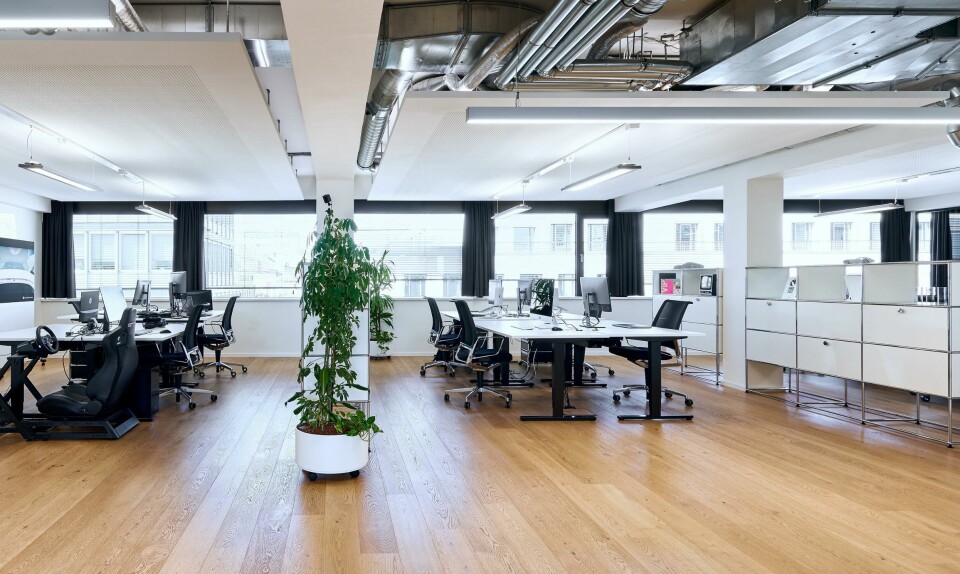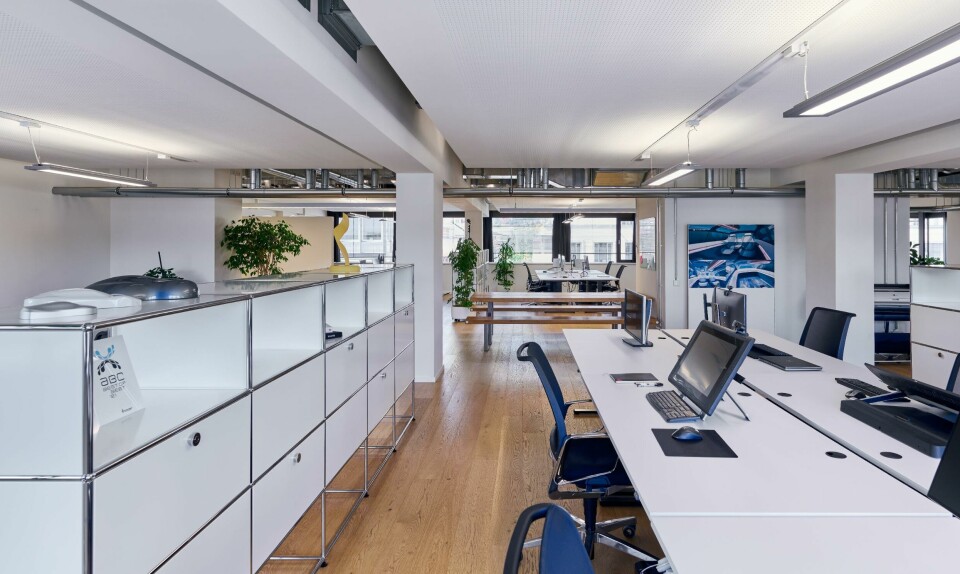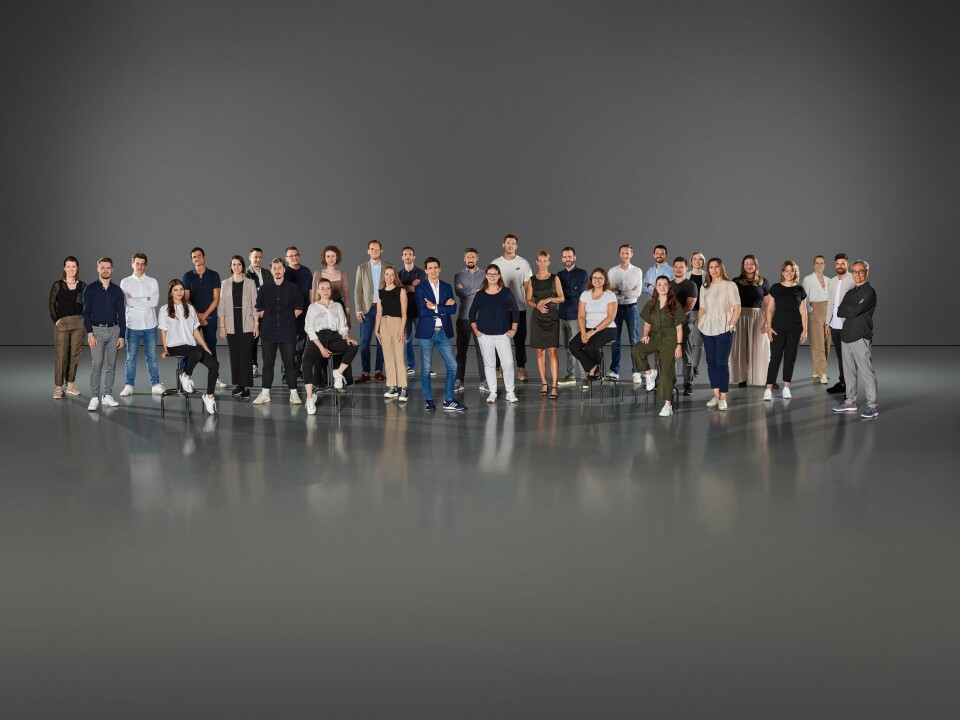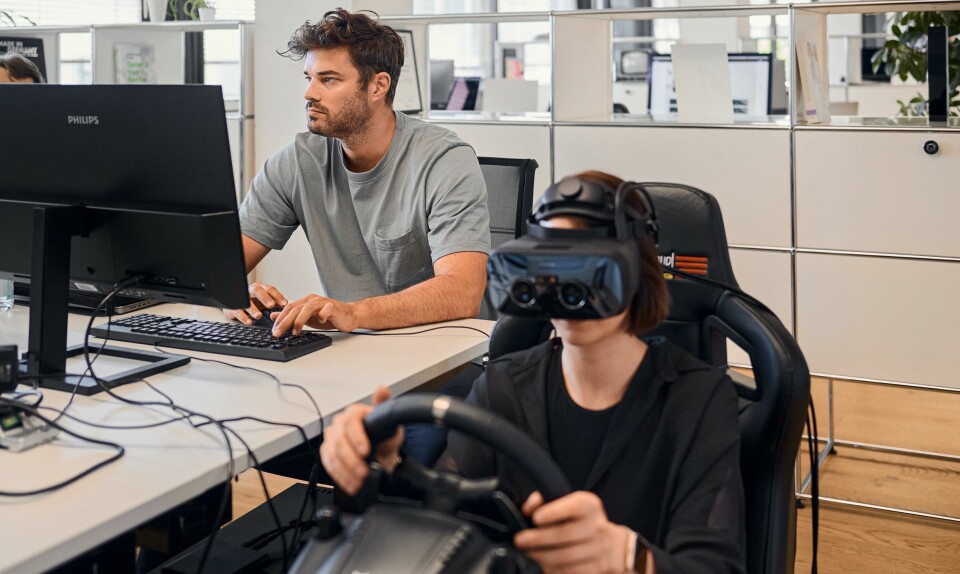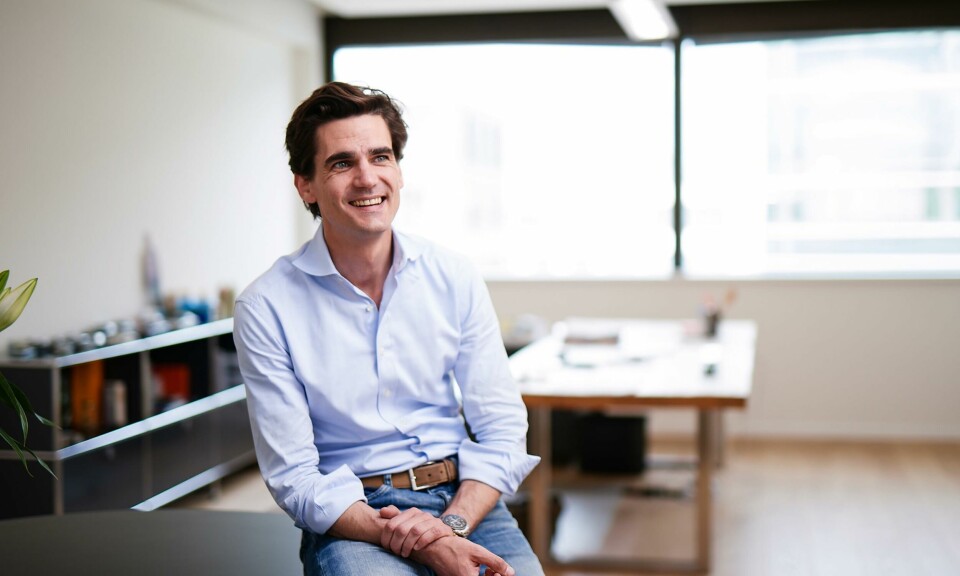
Exclusive Studiokurbos tour: “We want to be the Pininfarina of the future”
Laura Burstein visits Studiokurbos in Stuttgart, where the team has high hopes for its role in automotive design moving forward. The independent design studio is a prime example that opportunity lies beyond traditional OEMs and suppliers
In the heart of downtown Stuttgart sits Studiokurbos, a boutique design firm whose team creates everything from one-off supercars to UX/UI solutions for some of the world’s best known manufacturers.
Rising above the bustling Königstraße and mere steps from the Scholssplatz, the city’s main gathering place, Studiokurbos is in the centre of the action. We arrived just before Christmas, when the stalls and lights of the Weihnachtsmarkt lined the square and surrounding streets, the scent of roasted nuts and Glühwein rising up through the cold, piercing air.
“The most important thing is the location,” founder and CEO Andreas Kurbos tells me as we take the lift from the ground floor to the studio. “You sometimes have to force yourself to stay outside, there’s just so much happening.”
In all, Studiokurbos’ team consists of 50 people, with 35 in Stuttgart and the rest in a second location in Shanghai, China. Kurbos, the son of a professional football player, was born in Germany and grew up in France. After graduating from Istituto Europeo di Design in Turin with a diploma in transportation design, Kurbos worked at Daimler’s Smart brand before moving to MBTech, an automotive and engineering company then owned by Mercedes-Benz that developed technologies not only for its parent company, but other manufacturers including BMW and Porsche.
“There I leaned to become a supplier and a team leader,” Kurbos reflects. From there, Kurbos moved to design services company Silberform, and after a couple of years decided to strike out on his own. “In 2013 I started as a one-man show,” he remembers. “In the beginning I did not have any money.” To fund his venture, Kurbos sold his 1990 964 C4 911 Porsche for 30,000 euros. (For those shaking their heads in despair, take heart; he was able to buy the car back two years later.)
There are many studios that do great things and they’re not allowed to talk about it
Eventually, Kurbos parlayed his design expertise — and business savvy — to build out four teams: traditional exterior and interior design, colour and materials, CAD, and UI/UX. Projects range from entire show cars to components, to digital interfaces. Kurbos says they typically have around seven clients at a time and include the likes of Porsche, Mercedes-Benz, Geely, Leica, Huawei and others. About 75% of the business comes from the automotive sector, with 40% of the customers coming from OEMs. The rest are split between suppliers, startups and technology groups. “It’s full of adventures,” Kurbos says. “We are not just doing rims for Mercedes for the next 25 years.”
Early on, Studiokurbos was commissioned by a private Swiss client to do a concept car that was shown at the Geneva Motor Show in 2014. Kurbos’ team was responsible for the entire design, including exterior, interior colour and and materials, as well as UI/UX. “This was the first big project we got,” Kurbos says, adding that he isn’t able to share more details due to a confidentiality agreement. “There are many studios that do great stuff and they’re not allowed to talk about it; this is one of those.”
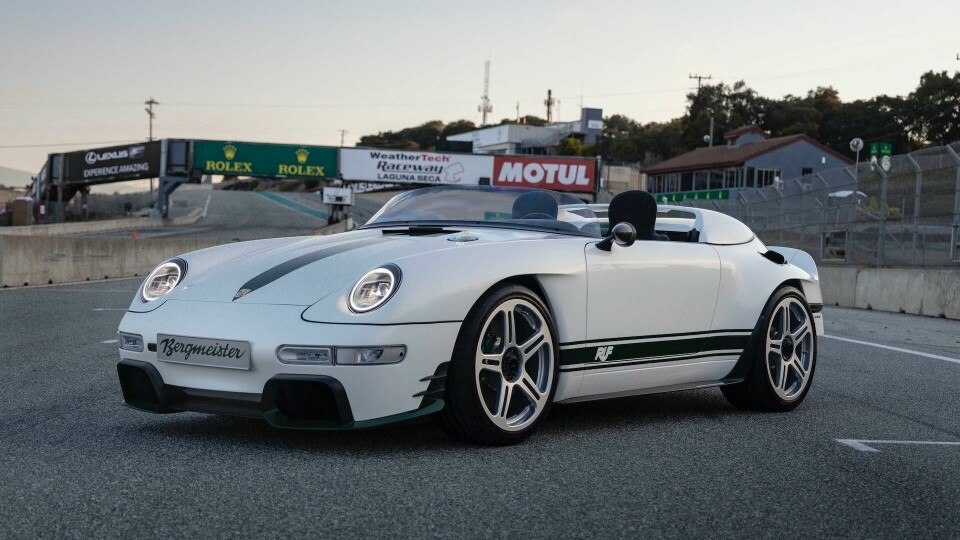
What Kurbos can talk about more in-depth is the Wiesmann Project Thunderball, a new model for the revived Wiesmann company, which began as a small, family-owned custom sports car maker in Germany in the late 1980s and is now owned by Contec Global and entrepreneur Roheen Berry.
The studio also provided digital design services for the RUF Bergmeister, the ultra-lightweight, open-cockpit speedster built from the 993-generation Porsche 911, inspired by the marque’s classic hillclimb racers and shown last year during Monterey Car Week.
“We started with an initial sketch from [former Porsche designer] Tony Hatter and applied the fully digital design process for the project,” Kurbos remembers. “We did all the VR presentations here, and [Alois Ruf] gave us the approval for the design in the goggles. It was somewhere from eight to ten weeks from the sketch to the finished show car.”
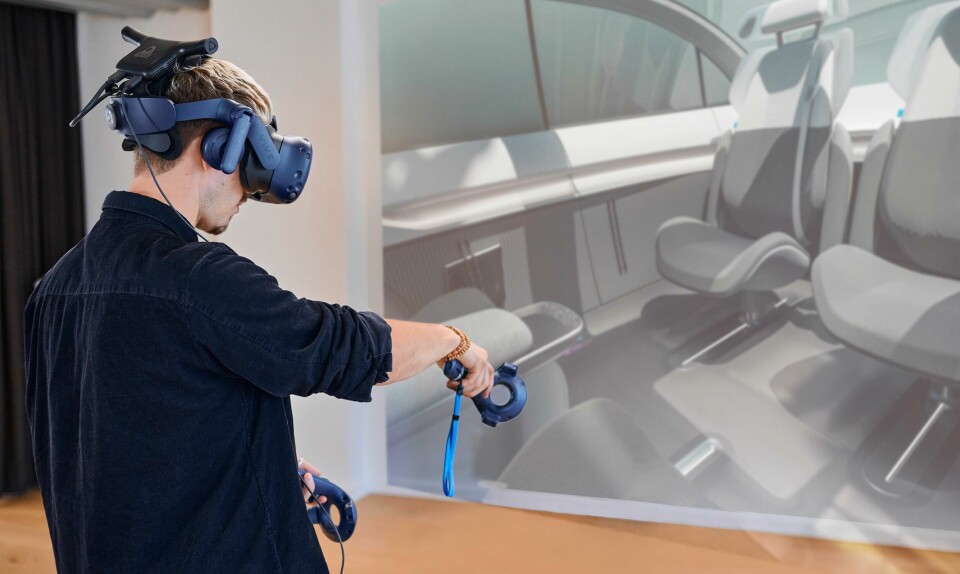
Beyond beautiful sports cars, Studiokurbos also focuses on mobility solutions, including U-Shift, an autonomous, modular vehicle developed for the German Aerospace Centre (DLR) that features a base drive module with a variety of interchangeable “capsules” that can carry people or cargo. Another project is the Pantala Concept H eVTOL (electric vertical takeoff and landing), done for Shangai-based company Pantuo Aviation. Others include a steering wheel for ZF, as well as a fully automated coffee machine concept for Swiss-based Schaerer.
I’m really pushing the digital design process because at the early stage you get such good results
The 700-square-metre space in Stuttgart is also home to their colour and trim studio, led by Sandra Hartmann, who worked previously as a colour and trim designer for Smart and Audi, and also served for a time as head of the design department for Audi China.
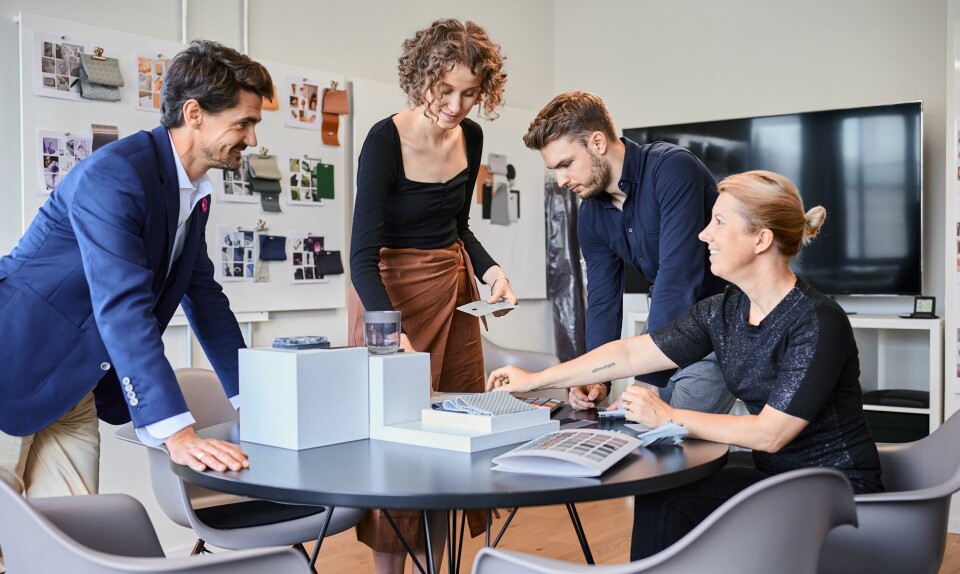
“I really like that at Studiokurbos there are a lot of different types of projects, not just automotive,” Hartmann says as we peruse mood boards and fabric samples. “We’ve done a boat, we did a chair, and material-wise these are completely different. So you really have to rethink the process and for me this was very interesting after doing the same thing for 13 years.”
Aside from the colour and trim studio, the space in Stuttgart is fully digital, with all physical models and prototypes done by partners in the same general area. “We use the same suppliers as many of the same companies, like Mercedes,” Kurbos reveals. “Otherwise, I’m really pushing the digital design process because at the early stage you get such good results. In the past we did one to maybe four scale models, but today you pass over that phase, and in VR you can get a real feeling for it.”
Also core to the business is the UI/UX department, which has provided services for companies including Huawei and Porsche — interfaces for the Panamera, Cayenne, Mission R show car and the current 992-generation 911.
Kurbos echoes the thoughts of many design leaders today, reinforcing that a designer’s job is not just to create something beautiful, but to rethink the culture, needs, and context behind the designs. “This is a major topic for our customers,” Kurbos says. “It’s important not to just make nice sketches, but to think about the product.” He’s also a believer in staying up to date on the latest technology trends; as an example, he and his team have been going to CES in Las Vegas for the past seven years.
Looking ahead, Kurbos believes China will be the biggest area of opportunity for growth, despite the pandemic and its lingering complications. “China is a growing market for us, and there’s a nice startup culture there as well.” Beyond that, Kurbos says, there are many other areas of business to explore. “I think about India, I think about Turkey, and I think about Africa. There are many new potential destinations,” he says. “We really want to be the Pininfarina of the future.”
